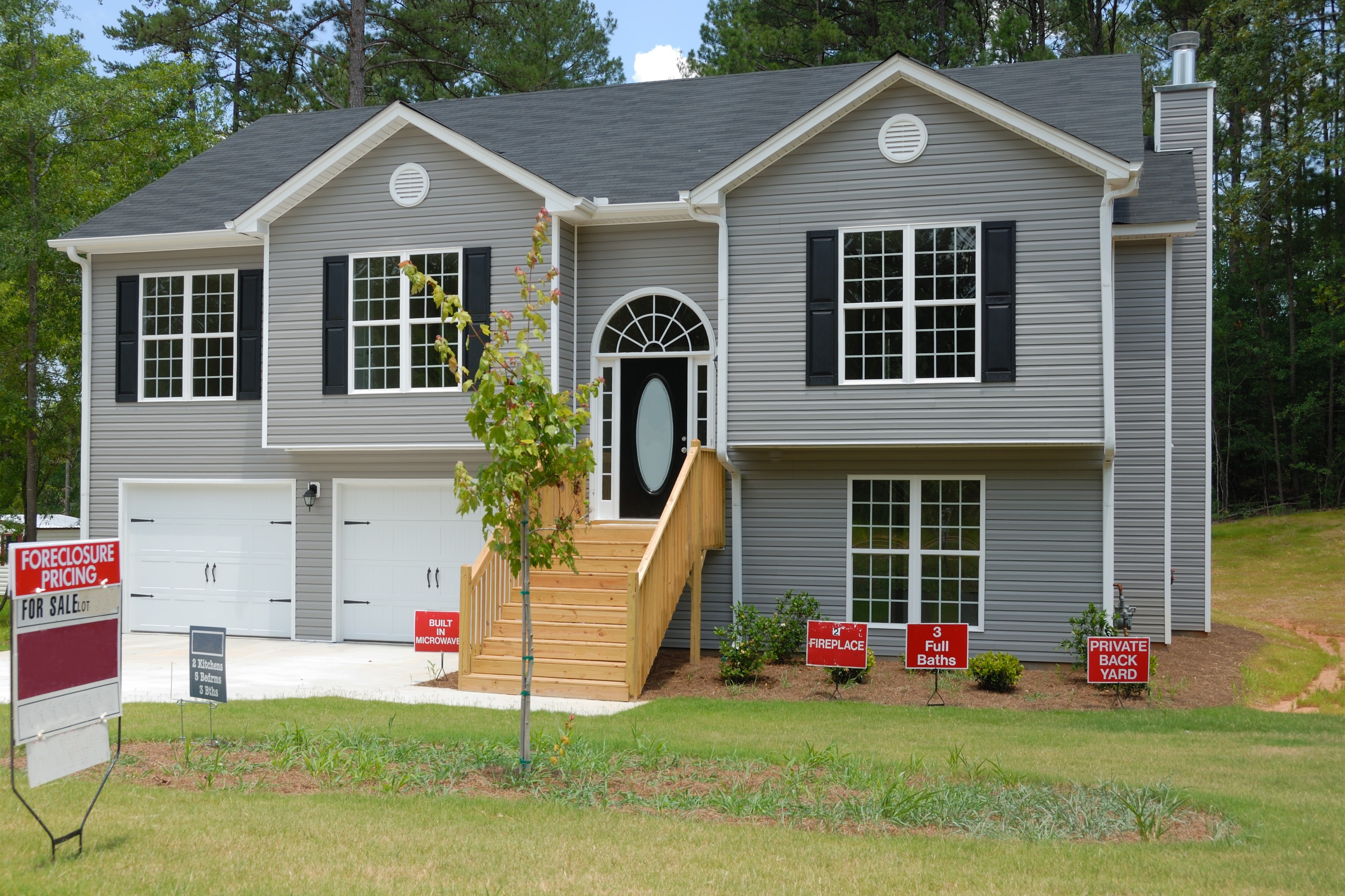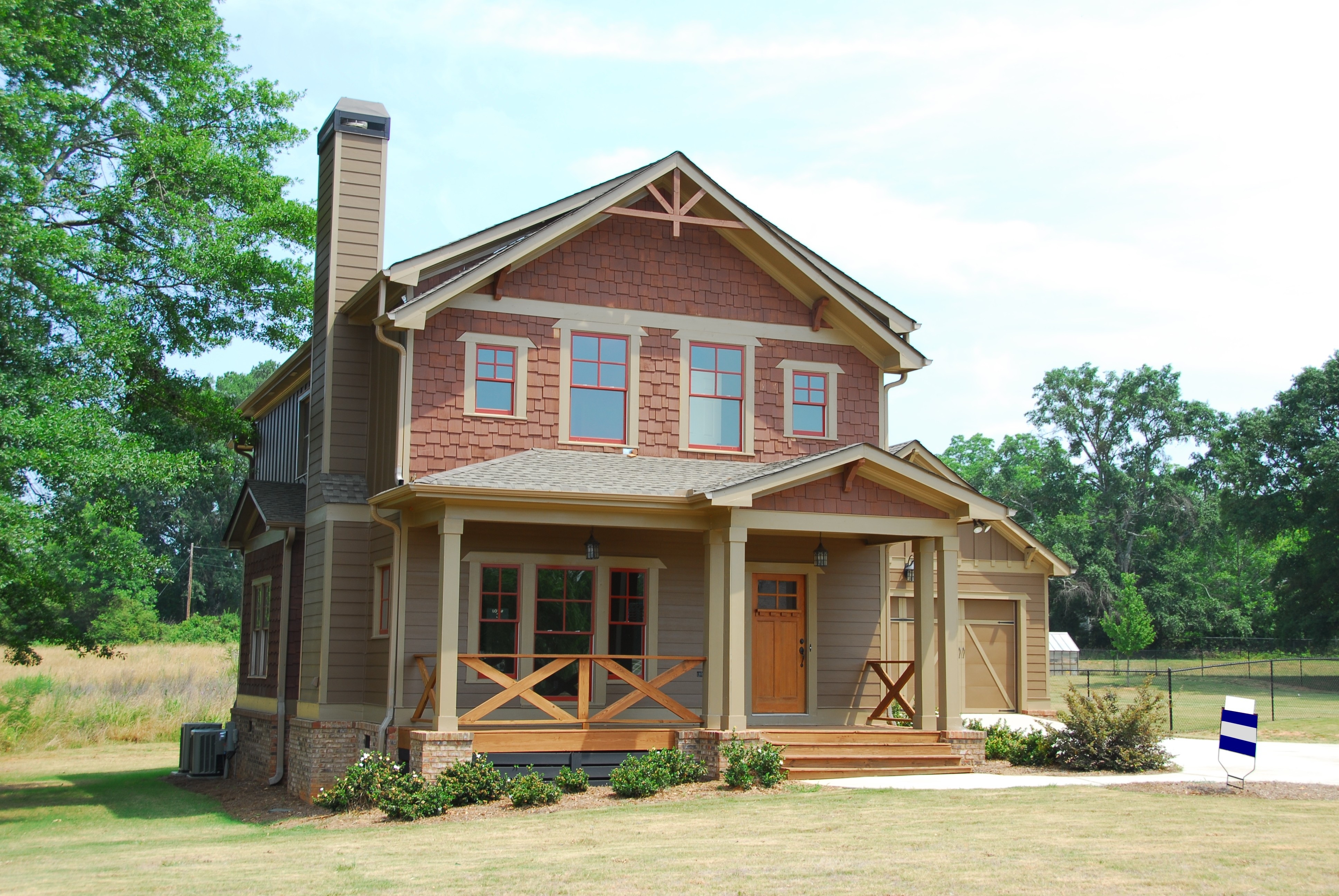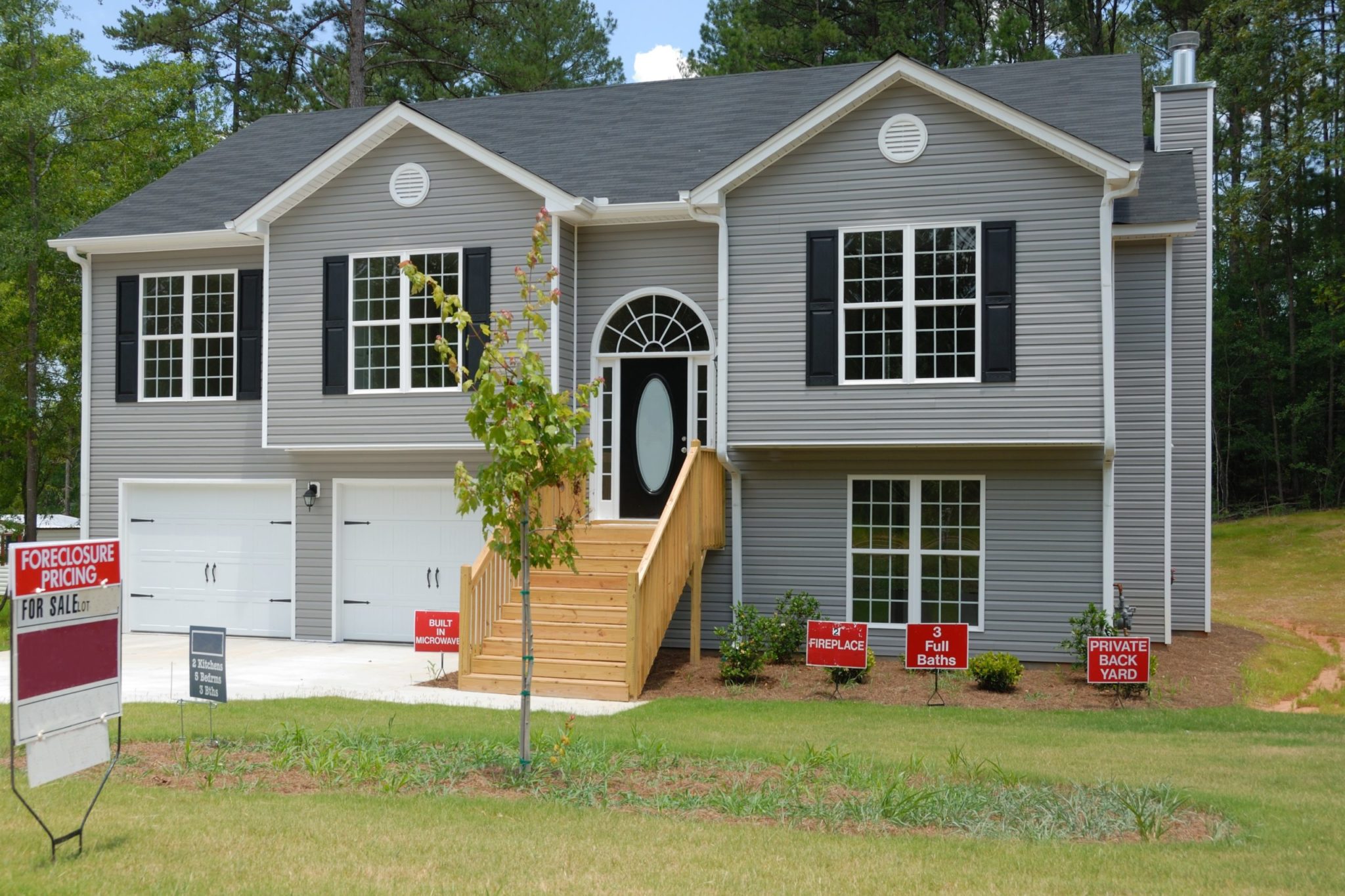A single family rental home is a standalone property on its own lot. Investing in a single family rental home is basically investing in a house or a condo with an intention of renting it to a single tenant. It has few pros and cons attached to it but it depends on your expectations from the property.
Usually people tend to buy a property in a low budget or affordable locality and revamp it to attract new tenants. A single family home is a residential home. As a real estate investor if you're looking to increase the number of rental properties you currently own with bigger returns, you should consider investing in single family rental homes.

Table of Contents
Single Family Rental Market Trends
Following the housing market decline in 2007, single family rental homes became favorable options for investors, saving in construction or refurbishment prices. The quick turnaround for an owner to rent out their property means cash flow is almost immediate. Single family rental homes have grown up to 30% within the last three years. These rentals outpace both single-family home purchases and multi-family apartments in the US.
Almost all the housing demand in the US in recent years has been filled by single family rental units. Millennials are leading the way to single-family rentals. In general Americans are more interested in renting than owning. Big REITs are buying cheap homes and turning them into cash-generating rentals. People who can no longer qualify for mortgages can easily live in these single family rental units. They don’t need a large down payment to move in.
In 2017, headlines warned us that more people were renting than any point in the past 50 years. The number of total home owners peaked at 76 million before falling slightly to 75 million. The number of renters continued to rise steadily to more than 43 million. This makes the single family rental market not only large but growing. And it is growing faster than the overall population. One study says that the single family rental market contains around five million people who could afford to buy homes but haven’t. They’re a growing segment of the single family rental market aside from the poor who can’t afford to buy and the mobile young adults who are not yet ready to put down roots.
The overall supply of single family rental homes is flat, though demand isn’t. That is why rental rates were steadily increasing in 2019. Affordable rentals or those renting for 75 percent the median rate saw rents go up 4 percent in 2019. That is due to the low supply of single family rental homes in that price range. Given the growing price of land and materials, developers choose to build more luxury homes and condos than cheap affordable homes. The higher end single family rental homes renting for 125 percent of the median rate only appreciated 3 percent in 2019.
The growing returns for single family rental investment have led investors to flood in, snapping up foreclosures and properties in need of major repairs. While fix and flip is popular on TV, fix and rent out is a standard way to acquire discounted single family rental investment properties. It has also forced real estate investors to compete with other investors for fixer-uppers.
Single Family Rental Market 2020
One interesting trend in the single family rental market is entire communities built to cater to real estate investors. For example, it is redevelopment of urban lots with duplexes and triplexes instead of a luxury single family home. The small multi-family developments cost little more than a nice single family home but offer much higher rental returns, since there are two or three renters in the unit. These developments are often subsidized or encouraged, too, in order to provide more affordable housing in inner ring suburbs.
For example, Minneapolis changed its zoning rules to allow for the construction of duplexes and triplexes in neighborhoods that were originally limited to single family homes. The returns on single family rental homes remain high. A rather new trend has been the shift from mom and pop investors to institutional investors seeking these same returns. For example, Market Street Homes is a large scale single family rental investment firm. They earn about 300 million dollars on a 3.2 billion dollar portfolio. They use AI to identify opportunities in the large number of single family rental homes on the market others would miss.
That suggests higher returns than the average single family rental investment portfolio would generate. Since they’re getting nearly 10 percent returns, it wouldn’t be unreasonable for the average investor with one or more single family rental homes to see 7 to 9 percent ROI. Conversely, the decision of major businesses to make single family rental investment on such a large scale drives up the price of single family rental homes across the board. Real estate investment trusts and hedge funds have invested in multifamily property for decades.
The rise of AI makes it easier for them to invest in single family rentals over apartment buildings, and we can expect to see more such funds buy single family homes in the future. Investment funds actually prefer single family homes because renters stay for two to three years, whereas apartment dwellers move every six to twelve months. This results in lower vacancy rates and higher returns. This means that institutional investors who currently own around two percent of rented-out single family homes will eventually own several hundred thousand more.
Long-Term Trends in Single Family Rental Homes

Young adults and the less educated have always been more likely to rent than other groups. However, the rental population has shifted over time. There are now more middle aged adults renting. This may be because they live in one of the several dozen major metro areas where renters are the majority. Roughly a quarter of the largest American cities have become renter-majority. And many of these homes are in the Sunbelt, whereas classic renter-majority cities include New York, San Francisco, Boston and nearly major city in the Rust Belt.
Investors prefer these cities due to the lower price of real estate, though they tend to choose communities with a diversified employment base. That typically rules out institutional investment in college towns or military communities. Think Jacksonville, Florida and Houston, Texas instead. Many permanent renters are people burned in the Great Recession who now refuse to buy a home. This doesn’t mean they don’t want to live in a single family home. Instead, they and their children are much more likely to rent a single family home instead of buying it.
This guarantees long-term gains for almost any single family rental investment located in most major real estate markets. The continued increases in real estate prices in major metro areas will also prevent many would-be buyers from affording a home, increasing the total renter population. We may not return to the pre-WW2 era where most people rented instead of owned their homes, but we probably won’t return to the days when three out of four families owned their home for at least a generation. Too many young adults are afraid to buy a house or choosing to live in expensive urban cores where they might at best afford a condo.
Should You Invest In Single Family Rental Homes
There are innumerable reasons to invest in single family rental homes, but this step should be taken only when it’s an ideal time to invest.
Consistent Cash Flow
If you focus on the positives, it helps in consistent cash flow through regular income and you can use it for other businesses or investments.
Tax Benefits
It also gives different tax benefits to landlords because it is an investment property.
Exit and Sell
A single family rental home is the most desirable investment as you have the ease to exit and sell without much thinking. Investing in a single family rental home rather than multi-family rentals is the easier option of re-selling, should the owner wish.
Higher Cash Flow
Investing in a single family rental home increases your cash flow due to higher rents charged for detached housing. Furthermore, one is less likely to have a regular lease-in and lease-out of tenants, and long-term leases mean less unnecessary operational expenses.
Flexibility
Flexibility with growth is also more manageable for the investor or property owner when dealing with single family rental homes. Where multi-family homes demand up-front costs and commitment, investors can choose how many single family rental homes to add to their portfolio, adjusting their investment as they wish.
This coupled with the other listed advantages of a single family rental home make it the obvious choice over investing in a more expensive multi-family complex.
To know more, read this blog post about advantages of Buying Single Family Rental Homes.
Why are institutional investors like Blackstone buying single family rental homes in the US?
Entities like Blackstone took the plunge in investing in this small industry, as they saw it made sense if they invested in bulk. Later, it took four to five years to actually start selling the stabilized portfolios, and this eventually graduated into well-organized operating companies. In 2017, Blackstone announced $1.54 billion IPO, comprising 50,000 homes in 13 different U.S. Markets. At current prices and returns, institutional investors like Blackstone are seeing the return possibilities and profitability of single family rental home investing. Blackstone's main motivation is to stay in the market for the long term and reap the rewards of wide ownership of rental properties. They now own 70 percent of shares in Invitation Homes, who assist in the refurbishment and sale of single family homes.
Single Family Rental Homes Market: The Conclusion
It is clear to see that the U.S market for single family rental homes is ripe and rewarding for investors. More so than multi-family homes, this market deserves to be tapped in by U. S investors looking to make serious returns on their rental building ownership, resulting in a high opportunity for cash flow, and thus, more profit. Tapping into the flourishing market of single family rental homes market is quite overwhelming for potential investors at this point of time. Rental properties are overtaking the US housing market as investors are leading this pre-existing trend since last year. The urge to commit to one home or one locality has changed the overall demand for this huge real estate market.
Click on the link for the complete list of turnkey rental properties for sale in the various real estate markets of the US.
References:
- https://www.corevestfinance.com/3-keys-single-family-rental-investing/
- https://www.thebalance.com/real-estate-investing-101-357985
- https://www.cnbc.com/2017/02/01/blackstone-takes-its-single-family-rental-bet-public-as-sector-soars.html
- http://www.nreionline.com/single-family-housing/10-most-desirable-markets-sfr-investment/gallery?slide=10
- https://www.businessinsider.in/13-of-the-best-places-to-buy-a-rental-property-in-the-US-right-now/articleshow/60976625.cms





